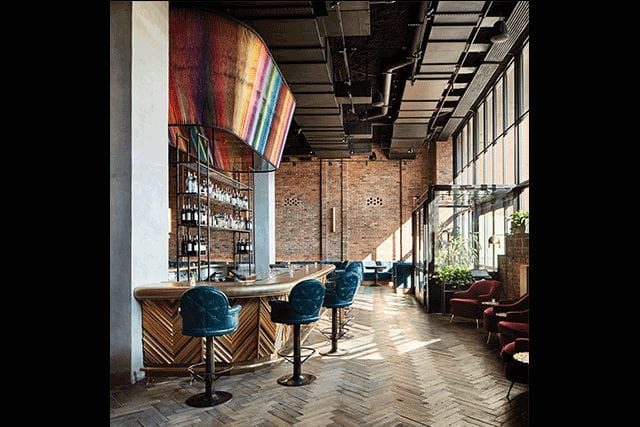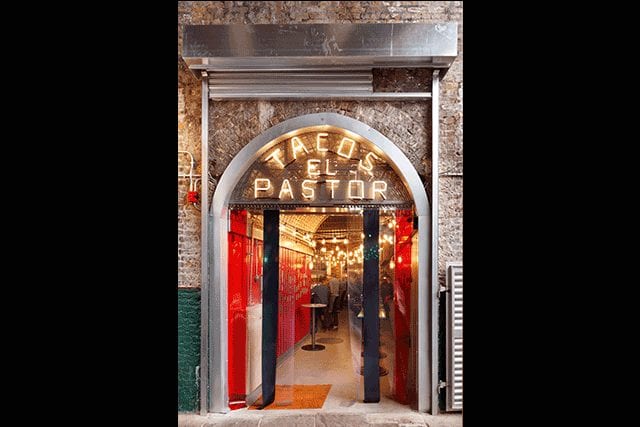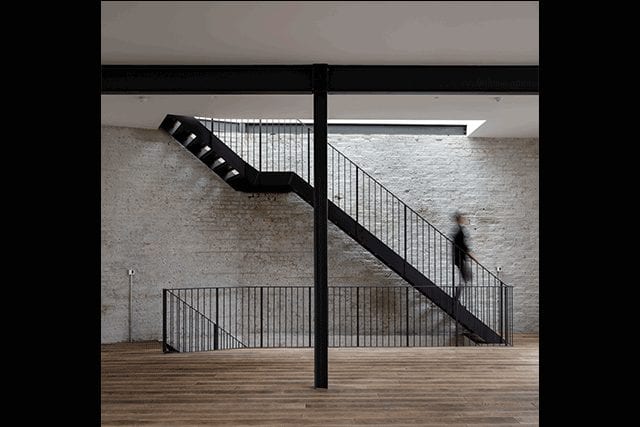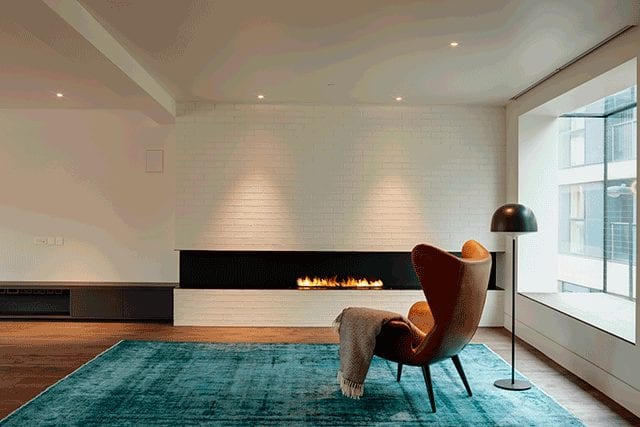Early memories of working together?
Tim Boyd: I was working for my old professor, John Miller, and Alex’s father was a very good friend of his, and we met through them. We worked on one house together while we were working for other people. We went our separate ways [working for different firms] and then we got back together again five or six years later. We worked from Alex’s flat in London with a tiny little mezzanine. He was working as Alex Michaelis Associates with another friend, and I was working as Tim Boyd Associates, and then we merged together. We did Soho House’s Babington House, employing one person at that stage, and we were doing private houses. Slowly the work picked up so we moved out and got an office. We’ve never expanded really fast, we’ve taken it at a gradual rate. We’ve known each other a very long time. We’re old friends and are still together—it is like a marriage.
Alex Michaelis: Tracing paper, drawing boards, late nights, cigarettes, fax machines, and agonizing over details and dimensions that are second nature now.
Define your office culture.
TB: In London, we’re just under 60. We went up to about 75, so we trimmed it back a little. And then Brooklyn, New York is two, and the idea is to expand out.
AM: I always say do not do projects that would not be worth dying for if you were cycling to the site.
Firm motto?
AM: If they say it can’t be done, do it.
Tell us about your design process.
TB: You have to start with knowing your location, you have to start with knowing where you’re building and take what you can from it and have a certain sensibility to your surrounding environment. Every job that comes in will start with us, and then we’ve got really good people in the office. But everything comes through us. That’s the fun bit. We actually do the design work. We detail everything. I can be quite detail obsessive. We get down to the smallest components.
AM: I am very involved in the design process and love it and will design buildings until my last breath. (No gardening or retirement for me—I sometimes wonder why people pay me to do something I love as much as this.) I see the site and breathe it in, look at the client brief, and then challenge it, work out views, etc. We keep the design very simple and clear. We always check that we are still working to all the important elements, natural and manmade, of the building. I have a sketchbook on me to sketch thoughts and ideas that I take back to the office to draw up.
Project that showcases your firm?
TB: The Sandibe [Okavango Safari Lodge] in Botswana, and Kichwa Tembo in Kenya [both from andBeyond]. We’re getting more inquiries now for lodges and other work in Africa. You have complete freedom, you can do pretty much what you like. The contractor at Sandibe was amazing. The design was influenced by a pangolin and the scales on the pangolin’s back so the buildings are covered in shingles, and the structure is made up of curved trusses, which are all actually different. That’s opened up quite a lot of new possible jobs.
Project you are looking forward to?
TB: We have some interesting residential jobs coming up—one in Yorkshire, England for a family who has a huge estate and owns a lot of very good paintings. But they have to open it up to the public or put their paintings in a gallery, so we’re designing a gallery for them onsite, which will then be open to the public for a certain amount of days a year. When I worked for John Miller many years ago, I worked on a lot of art galleries, so it’s in my blood. It’s not a massive job, but it’s a really interesting one.

An installation made from colorful threads hangs above the bar at the Williamsburg Hotel in Brooklyn.
Biggest challenge about owning your firm?
TB: I try not to worry too much. I used to walk into the office, ‘What have we done?’ Now I just sort of go, ‘We’re paying them, it’s all working, it’s fine.’ We do such diverse work, anything from a small house to the Williamsburg Hotel [in Brooklyn, New York] and everything in-between. Each one is different, everything is referencing its location or past, they’re all telling a story.
AM: So many challenges, but keeping up with the unrelenting charge of computer and product development—and making sure with the overload of images from Pinterest and magazines that you teach designers to clear their minds as they design spaces.






